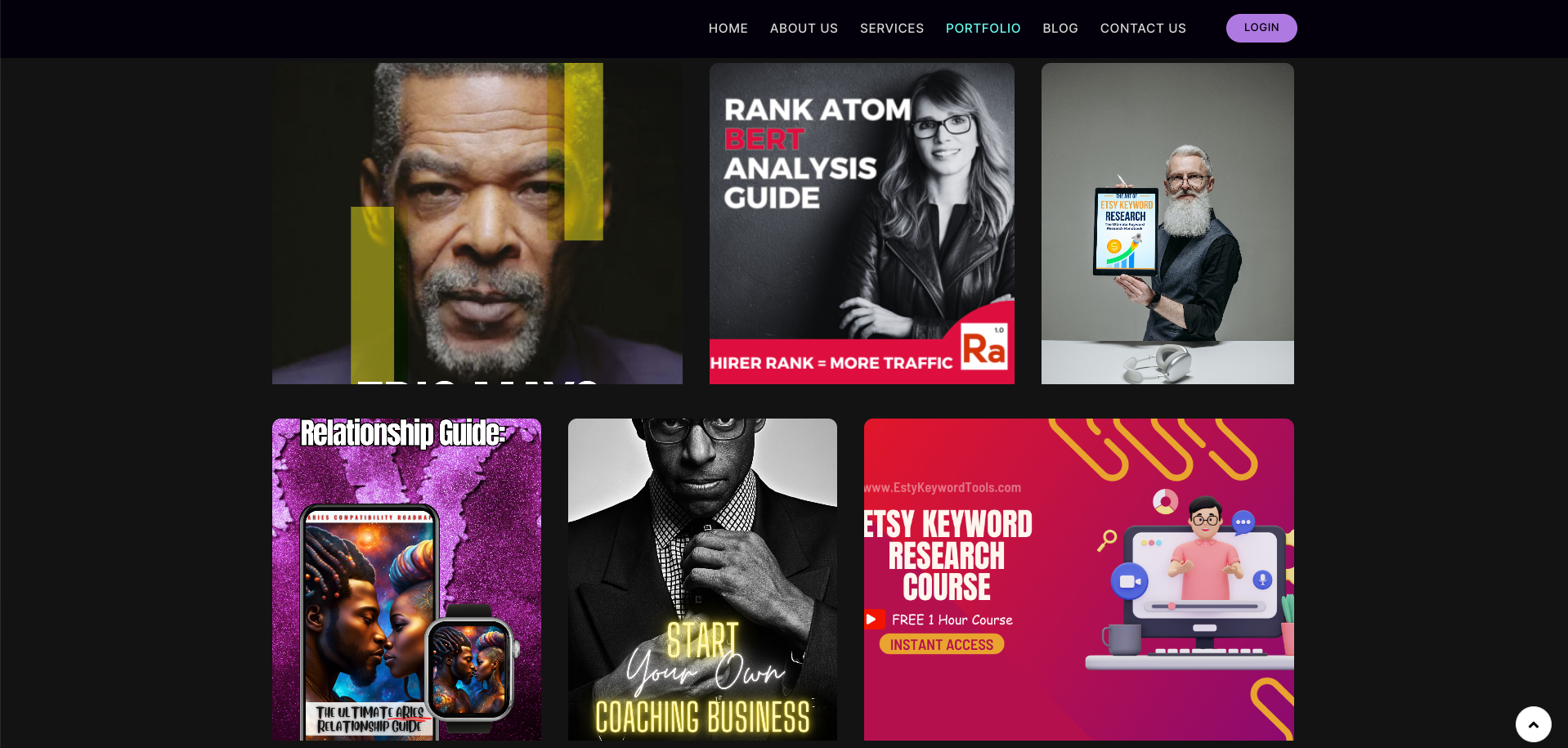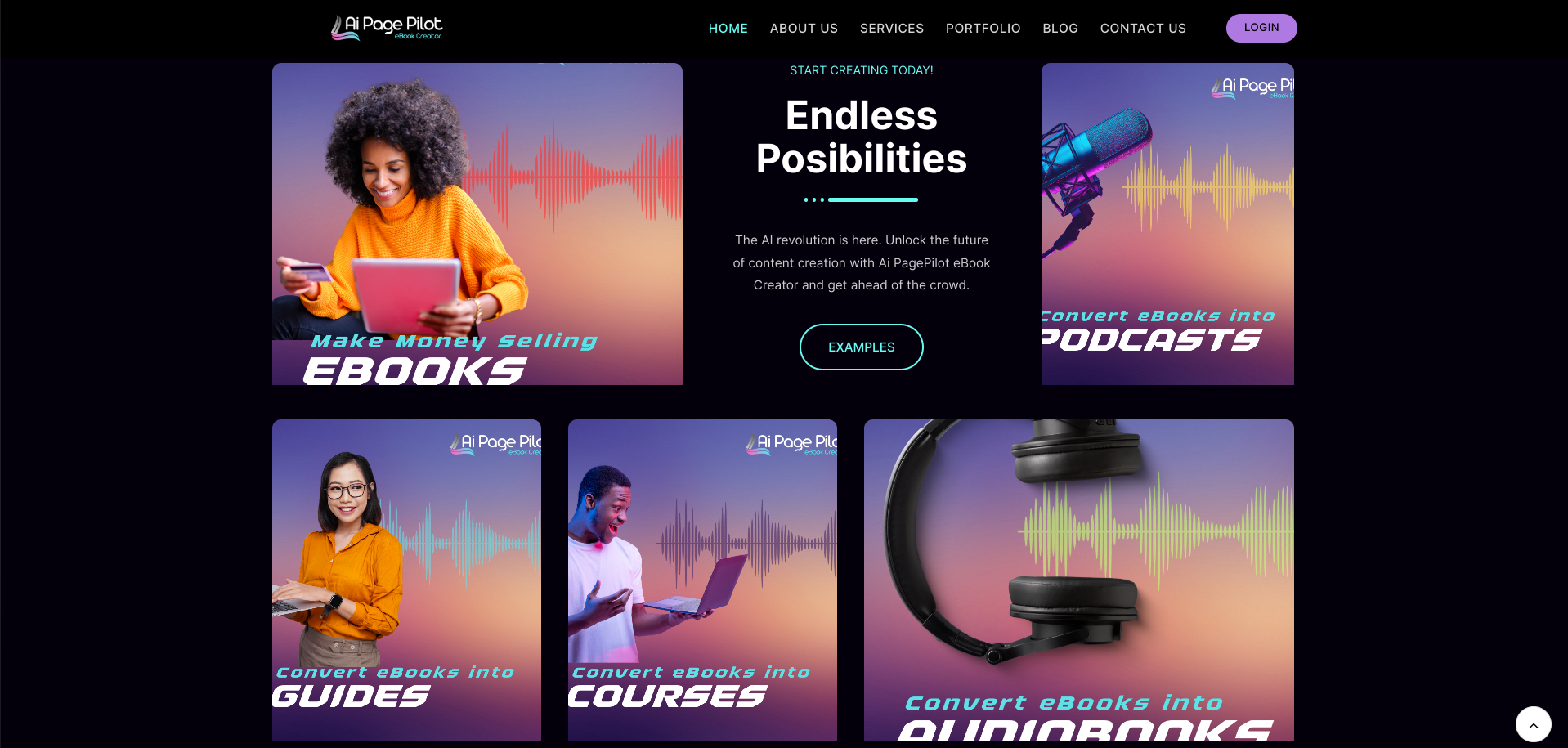Welcome to the fascinating world of ethical writing in the age of AI! As technology continues to rapidly evolve, it’s becoming increasingly important to navigate issues of bias and fairness in writing. With tools like the AI Page Pilot eBook Creator, writers are empowered to create content with greater accuracy and efficiency. In this article, we will explore the challenges and opportunities that come with incorporating AI technology into our writing practices, and discuss how to ensure ethical standards are upheld in the process. Get ready to dive into the complexities of writing in the digital age! Have you ever wondered about the ethics behind writing in the age of artificial intelligence (AI)? With the rise of AI-powered tools in various industries, including the writing industry, it’s essential to consider how bias and fairness play a role in the content we create. In this article, we will explore the importance of ethical writing in the age of AI and provide tips on how to navigate bias and promote fairness in your writing.

Understanding Bias in AI-Generated Content
Let’s dive into the world of AI-generated content and understand how bias can manifest in these automated writing tools. Bias in AI can stem from various sources, including the data used to train AI models, the algorithms used to generate content, and the biases of the individuals involved in designing and implementing these tools.
When you use AI-powered writing tools, it’s crucial to be aware of the underlying biases that may influence the content generated. Whether it’s gender bias, racial bias, or cultural bias, these biases can inadvertently seep into the writing produced by AI tools. By understanding how bias operates in AI-generated content, you can take steps to mitigate its impact and ensure that your writing remains ethical and fair.
Detecting Bias in AI-Generated Content
To identify bias in AI-generated content, you can start by examining the language, tone, and narrative of the text. Look for any stereotypes, discriminatory language, or skewed perspectives that may indicate bias in the writing. Additionally, consider the sources of data used to train the AI model and assess whether they reflect a diverse range of perspectives and experiences.
As you review AI-generated content, pay attention to how different groups are represented and portrayed. Are certain demographics marginalized or misrepresented in the text? By critically analyzing the content produced by AI tools, you can uncover hidden biases and make informed decisions about how to address them.
Promoting Fairness in AI-Generated Writing
Now that you’ve identified bias in AI-generated content, it’s time to take proactive steps to promote fairness in your writing. By prioritizing fairness in your content creation process, you can ensure that your writing is inclusive, accurate, and respectful of diverse perspectives.
Diversifying Data Sources
One way to promote fairness in AI-generated writing is to diversify the data sources used to train AI models. By including a wide range of voices, experiences, and perspectives in the training data, you can reduce the risk of bias and ensure that the AI generates content that is more representative and inclusive.
When selecting data sources for AI training, consider factors such as diversity, equity, and inclusion. Look for datasets that reflect a variety of cultural backgrounds, identities, and viewpoints to create a more balanced and unbiased AI model. By diversifying your data sources, you can improve the overall fairness and accuracy of the content generated by AI tools.
Engaging in Bias Mitigation Strategies
In addition to diversifying data sources, you can also engage in bias mitigation strategies to address bias in AI-generated writing. These strategies involve identifying and correcting biased patterns in the AI model to promote fair and equitable content creation.
One common bias mitigation strategy is algorithmic auditing, which involves assessing the performance of AI models to identify and rectify biases. By conducting regular audits of AI-generated content, you can pinpoint areas where bias may be present and take corrective actions to mitigate its impact.
Another effective bias mitigation strategy is to involve diverse voices and perspectives in the design and development of AI-powered writing tools. By including individuals from different backgrounds and experiences in the decision-making process, you can address potential biases before they manifest in the content produced by AI tools.
Ensuring Transparency and Accountability
Transparency and accountability are essential components of ethical writing in the age of AI. When using AI-powered writing tools, it’s important to be transparent about the limitations and capabilities of these tools and to hold yourself accountable for the content they produce.
Disclosing the Use of AI Tools
When publishing content generated by AI tools, it’s crucial to disclose the use of these tools to your audience. By being transparent about the role of AI in the content creation process, you can build trust with your readers and demonstrate your commitment to ethical writing practices.
Whether it’s a blog post, article, or social media update, clearly communicate when AI tools have been used to generate content. This transparency not only informs your audience about the behind-the-scenes processes but also reinforces your dedication to ethical writing standards.
Monitoring and Evaluating AI-Generated Content
To ensure accountability in AI-generated writing, it’s essential to monitor and evaluate the content produced by these tools regularly. Keep an eye on the quality, accuracy, and fairness of the AI-generated content and be prepared to address any issues that may arise.
By establishing robust monitoring mechanisms, you can track the performance of AI-powered writing tools and make adjustments as needed. If you detect bias, errors, or inaccuracies in the content generated, take swift action to correct these issues and uphold the ethical standards of your writing.
Conclusion
In conclusion, ethical writing in the age of AI requires a thoughtful and proactive approach to navigating bias and promoting fairness. By understanding the sources of bias in AI-generated content, promoting fairness through diversification and mitigation strategies, and ensuring transparency and accountability in your writing practices, you can uphold ethical standards and create content that is inclusive, accurate, and respectful.
As you continue to incorporate AI-powered writing tools into your content creation process, remember to prioritize ethical considerations and strive to create writing that is free from bias and discrimination. By leveraging the power of AI responsibly and ethically, you can contribute to a more equitable and just writing landscape for all.








